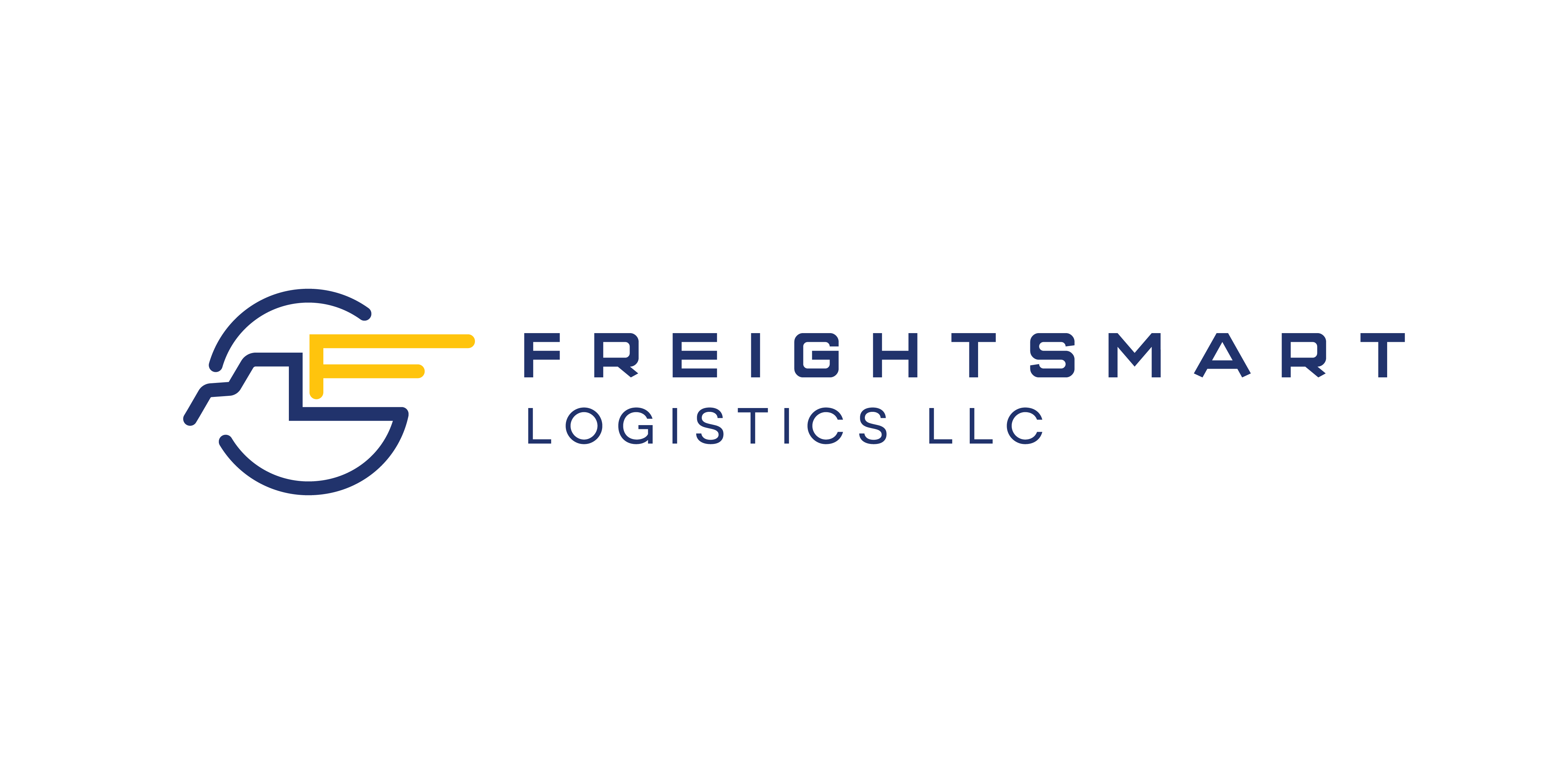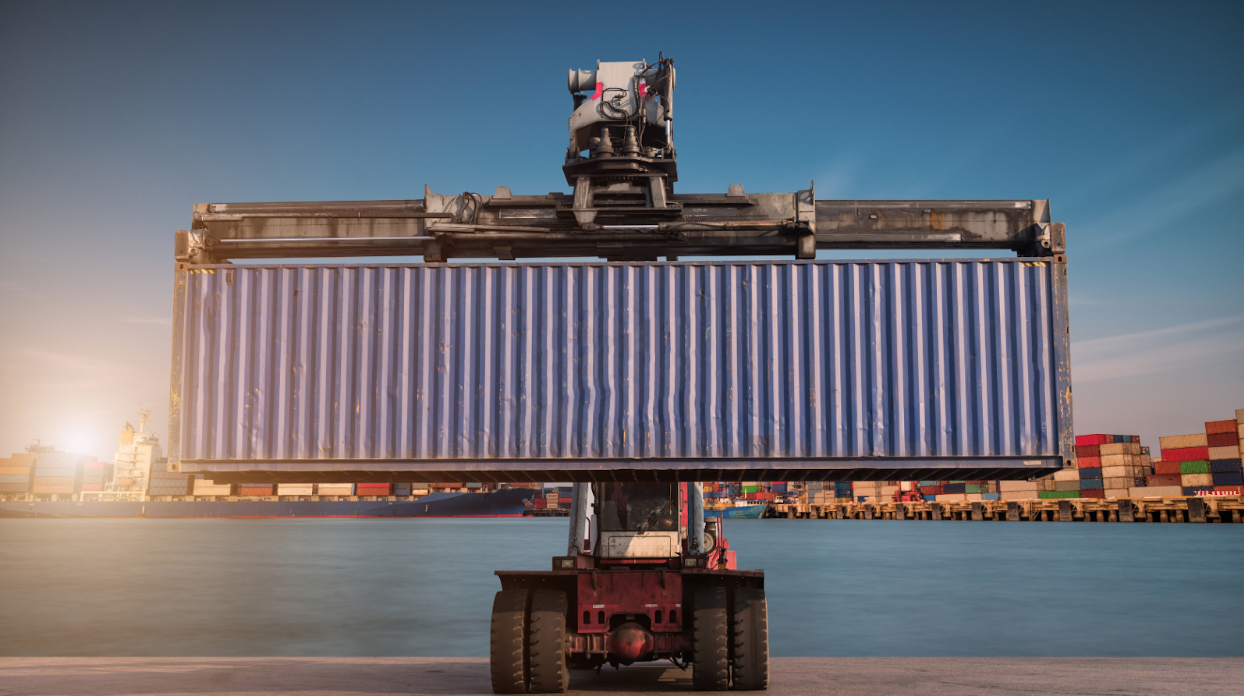Efficient load transportation is essential for businesses involved in logistics and shipping. Here are 12 comprehensive strategies to ensure efficient and cost-effective load transportation:
Route Optimization:
Utilize route planning software to optimize delivery routes, minimizing travel distance and time. Consider real-time traffic and weather data to adjust routes and avoid delays.
Load Consolidation:
Combine multiple shipments in one load whenever possible to maximize towing or container capacity. To do this create a logistics plan where transport passes through those areas.
Another way is to reduce empty space by optimizing palletizing and stacking methods.
Just-in-Time (JIT) Delivery:
Implement JIT principles to synchronize delivery schedules with production or inventory needs. This minimizes warehousing costs and reduces the need for excessive inventory.
Use of Intermodal Transportation:
Consider intermodal transportation, which involves using multiple modes of transportation (e.g., truck, rail, ship) to move cargo efficiently. It can be cost-effective and environmentally friendly.
Technology Integration:
Invest in transportation management systems (TMS) and telematics to track and manage shipments in real time.
These technologies improve visibility, enhance decision-making, and optimize load planning.
Load Balancing and Weight Distribution:
Ensure proper load balance and weight distribution within trailers or containers to maintain stability and comply with regulations.
Overweight or unbalanced loads can cause accidents and fines causing damage to the cargo.
Driver Training and Retention:
Provide ongoing training to drivers on efficient driving techniques, fuel conservation, and safety. Focus on driver retention to maintain an experienced and skilled workforce.
Vehicle Maintenance:
Implement a proactive maintenance program to keep vehicles in top condition. Regular inspections and long preventive maintenance of the service life of the transport, reduce breakdowns and downtime.
Load Tracking and Visibility:
Implement tracking systems that provide real-time visibility into the location and status of shipments.
Enhanced visibility helps in proactively addressing issues and providing accurate delivery estimates to customers.
Quality Control and Inspection:
Perform thorough quality checks before loading to ensure products are in good condition.
Regularly inspect loads during transit, especially on long journeys, to identify potential problems and take prompt remedial action.
Risk Management and Contingency Planning:
Develop a risk management plan that includes contingency measures for unforeseen disruptions like accidents, weather events, or supply chain interruptions.
Having contingency plans in place helps minimize the impact of disruptions on transportation operations.
Performance Metrics and Analysis:
Monitor key performance indicators (KPIs) related to transportation efficiency, such as on-time delivery rates, cost per mile, and fuel consumption. Analyze data to identify areas for improvement and make data-driven decisions.
Implementing these strategies and continuously refining your transportation processes can lead to more efficient load transportation, reduced costs, and improved customer satisfaction. Tailor these strategies to the specific needs and challenges of your logistics operations.
If you are looking for a business to transport your heavy equipment, feel free to contact us.




